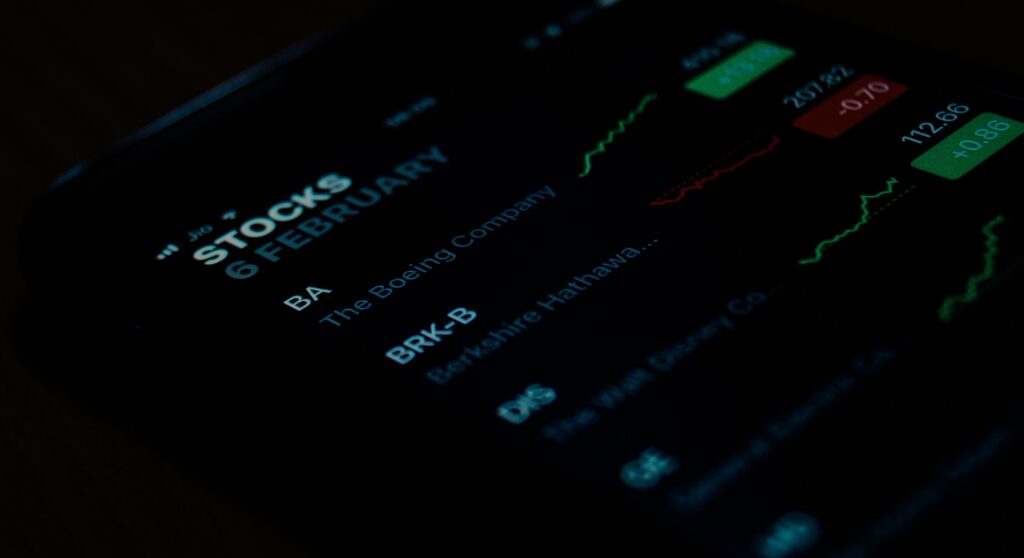
The Important of Regulated Markets: Crypto vs. Stocks
I have seen a ton of hesitation and general frustration in the crypto markets recently with the growing popularity of crypto currency as a portion of retail traders asset strategy. It is important to know the difference between regulated and unregulated markets when choosing where and if to participate.
With the FTX scandal continuing to dominate headlines, now is as good of a time as any to revisit the basics of market structure, regulation, and consumer protection (or lack thereof). The severe lack of structure and oversight both within FTX and the broader crypto industry as a whole has shed light on the importance of regulation within markets.
This is not to say that regulation to any degree is healthy or desirable – there is also a very real argument to be made that too much regulation can inhibit value and drastically limit economic growth. A good example of the delicate balance in proper regulation can be found by analyzing regulatory reactions to the financial crisis of 2008. While there were some very necessary and beneficial new proposals coming from that time, some actions went too far and actually did more harm than good. In any regulatory framework, balance is key.
When specifically looking at the crypto market and the lack of regulation, it’s clear that we are nowhere close to striking the right balance, and unfortunately the majority of damage has fallen on the consumer. The recent FTX collapse is the most recent and by far the biggest shock to the system, but it is hardly the first. Scams, frauds, and bankruptcies have been rampant, from the Celsius bankruptcy earlier this year to the multiple blockchain hacks (Wormhole, Axie Infinity, etc.).
FTX is a prime example of how the lack of regulation played directly into the collapse of the company and ultimately the historical losses for consumers. At a very high level, the company was taking customer money and feeding it to their sister company, Alameda Research, which is a crypto hedge fund (this never would have been allowed under the scrutiny of a regulated stock exchange). Furthermore, the founder of FTX, Sam Bankman-Fried (fitting last name, right?) took billions of dollars in massively over-collateralized loans based on over-inflated cryptocurrency prices, many of which FTX issued themselves (neither the loans nor the collateralization would have come close to allowable in a regulated market).
One example of how regulations can create safer environments, specifically for banks and exchanges, is through a reserve requirement. This effectively ensures that enough cash is set aside to meet potential spikes in demand or withdrawals. Had FTX been subject to a reserve requirement, the scenario likely would have ended much differently.
When thoughtfully structured to promote long-term investment and growth, regulation in markets is a backbone to consumer confidence and protection. Crypto markets are likely here for the long haul, but it is imperative to instill meaningful regulation around the companies that touch these markets to ensure a fair and equitable system for all stakeholders.

Alec Baum
CEO & CoFounder
Disclaimer: Equities, equities options, and commodity futures products and services are offered by Lightspeed Financial Services Group LLC (Member FINRA, NFA and SIPC). Lightspeed Financial Services Group LLC’s SIPC coverage is available only for securities, and for cash held in connection with the purchase or sale of securities, in equities and equities options accounts. You may check the background of Lightspeed Financial Services Group LLC on FINRA’s BrokerCheck.
All investments involve risk and past performance of any security does not guarantee future results or returns. Please refer to our fee schedule for a complete listing of relevant charges. System response, trade executions and account access may be affected by market conditions, system performance, quote delays and other factors. The risk of loss in electronic trading can be substantial. This is not an offer or solicitation in any jurisdiction where we are not authorized to do business. Optionality makes no guarantee as to the currency, accuracy, or quality of information published and/or archived on the platform, nor will Optionality accept any responsibility for other organizations, businesses, and private persons that provide information on this platform. All information on the platform regarding products and services provided by Optionality is subject to change without notice. Optionality is not responsible for misprints, out of date information, or errors. Optionality does not provide any financial or investment advice.
Terms: “call spread,” “Expires” “positions” “71% positive” (pie chart) “positive snippets” and “negative snippets.”
“*Pre-packaged spreads are option spreads formed by our algorithm and offered as a package.”
“A bull call spread is an options trading strategy designed to benefit from a stock’s limited increase in price. The strategy uses two call options to create a range consisting of a lower strike price and an upper strike price. The bullish call spread helps to limit losses of owning stock, but it also caps the gains.”
“An expiration date in derivatives is the last day that derivative contracts, such as options or futures, are valid. On or before this day, investors will have already decided what to do with their expiring position.”
“Positive and Negative Snippets are a proprietary output from our partner Stocksnips that aggregated the total amount of media mentions of a certain stock and takes the percentage of those that are positive or negative, as in the example shown above referencing 71% positive”
“As with all your investments, you must make your own determination as to whether an investment in any particular security or securities is right for you based on your investment objectives, risk tolerance, and financial situation.” · “0.50 per contract”
*Options trading involves a high degree of risk and may involve total loss of investment. Options spreads, specifically, offer the benefit of projected maximum gain and loss positions (defined above as “defined risk trades” and “defined outcomes”, but in rare situations may result in gain/loss in excess of the projected cap. Optionality has several mechanisms to greatly reduce these occurrences, but we cannot guarantee they will never happen. For more information on options, Please read Characteristics and Risks of Standardized Options before deciding to invest in options.
